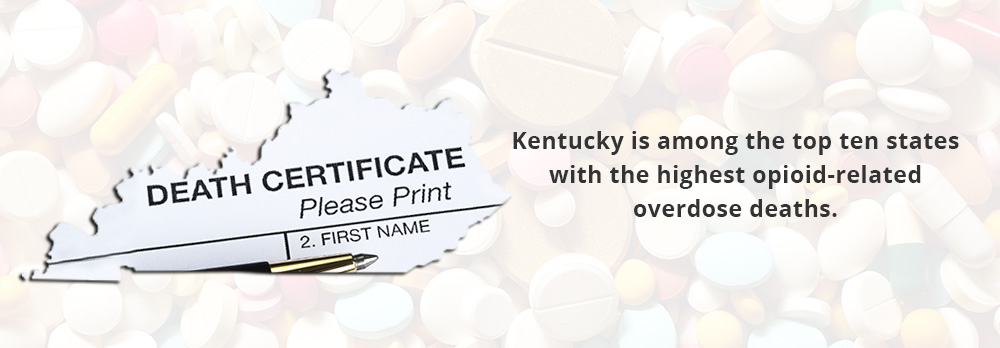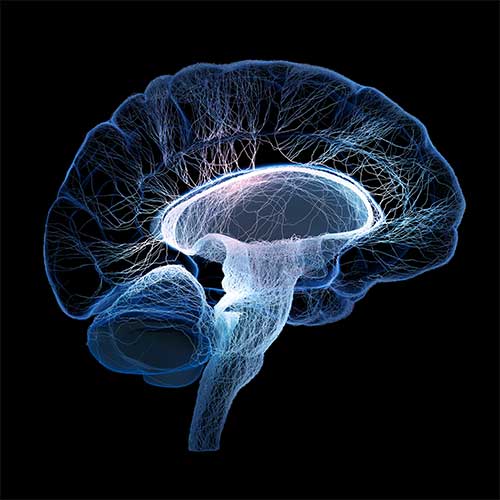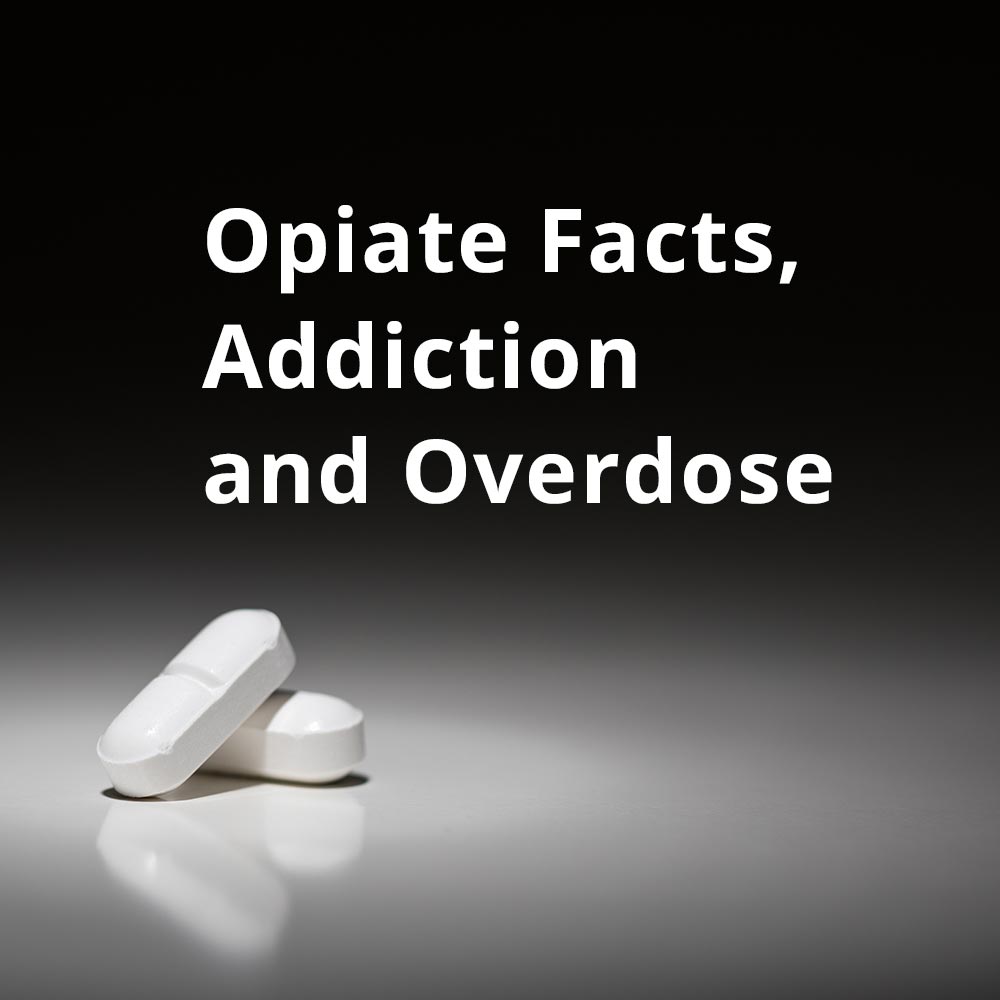Opiate Facts, Addiction, and Overdose Crisis
An opioid addiction can begin with something as simple as a toothache. Yes, one prescription for an opioid can lead to addiction and even overdose. It sounds extreme, but sadly it’s also true. Every day, more than 115 people die of an opioid overdose in the United States.
In the late 1990’s the medical community, assured by pharmaceutical companies that there was little to no risk of addiction, became liberal with writing prescriptions for opiates. Since then, we’ve learned this couldn’t be farther from the truth. Opiates are highly addictive. In fact, in 2015 more than 33,000 people died of an opioid overdose (this number includes prescription opiates, heroin, and synthetic fentanyl). With numbers like this, it’s time to know: opiate facts, addiction, and overdose.

Opiate Facts
As pharmacists, it’s our responsibility to educate ourselves on the facts surrounding opiate addiction and overdose. We must be diligent in doing our part to help combat this crisis. Here’s what we know:
- Roughly 25 percent of patients prescribed opioids for chronic pain misuse them.
- About 10 percent develop an opioid use disorder.
- An estimated 5 percent who misuse prescription opioids transition to heroin.
- Opioid overdoses, documented in 45 states, show an increase of 30 percent between July 2016 through September 2017.
- Kentucky is among the top ten states with the highest opioid-related overdose deaths.
- In 2016, there were 989 opioid-related overdose deaths in Kentucky (this is a rate of 23.6 deaths per 100,000 people, nearly double the national rate).
- Since 2012, heroin-related overdose deaths in Kentucky have increased from 143 to 311.
- Synthetic opioid deaths have increased from 70 to 465.
As of 2015, the rate at which physicians wrote an opioid prescription was around 70 times per 100 people. Today, with few alternative pain relief options, physicians are still writing prescriptions for opiates, and the epidemic continues.
Opiate Addiction and Overdose
On the surface, we know that opiate addiction might begin with a single prescription. The odds aren’t in the patient’s favor which presents the question…Why? What is it about opiates that makes them so addictive?
There are three types of opioid receptors in our brains, mu, delta, and kappa. Opiates bind to these receptors sending them messages. Three areas affected are:
- The limbic system
- The spinal cord
- The brainstem


How We, As Independent Pharmacists, Can Help
Fortunately, as independent pharmacists, there is quite a bit we can do to help combat this crisis and keep our customers safe. By researching and offering alternative pain control methods, such as CBD oil, or alternative modalities, we may help prevent opiate addiction. We can also suggest integrative medicine techniques such as acupuncture, massage, and exercise.
By adhering to CDC guidelines and monitoring our patient’s charts, we can work with physicians to evaluate addiction risk. Through educating our customers about pain management techniques, opioids and how they work; as well as, offering alternatives pharmacists can be a part of a patient’s pain management strategy.
As pharmacists, we have the unique opportunity to help our customers manage their pain in a safe, non-addictive way, which is something we can feel good about every day.

https://www.drugabuse.gov/drugs-abuse/opioids/opioid-overdose-crisis
https://www.drugabuse.gov/drugs-abuse/opioids/opioid-summaries-by-state/kentucky-opioid-summary
https://teens.drugabuse.gov/teachers/mind-over-matter/opioids/how-do-opioids-work
https://www.pharmacytoday.org/article/S1042-0991(17)31334-8/fulltext
